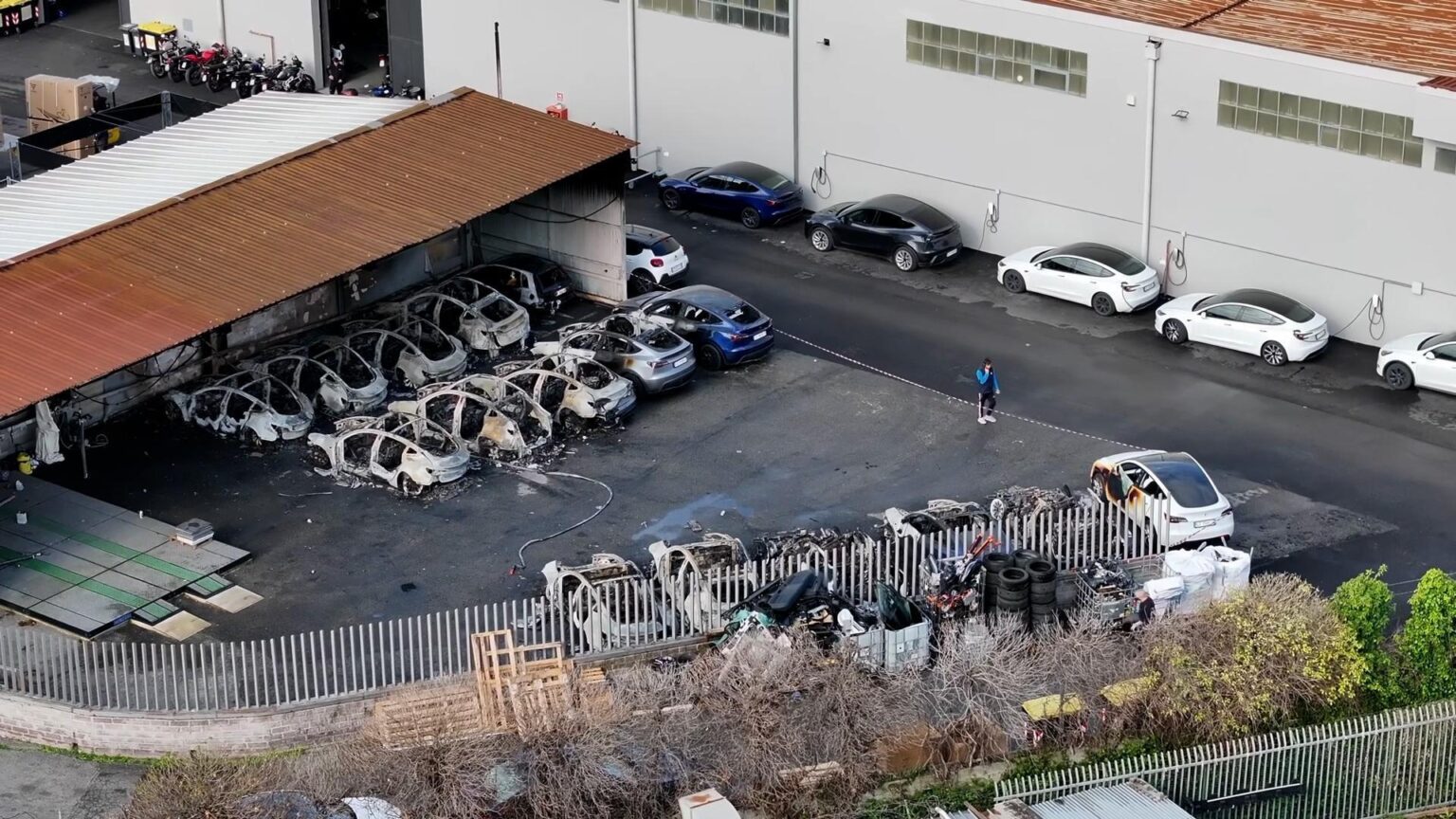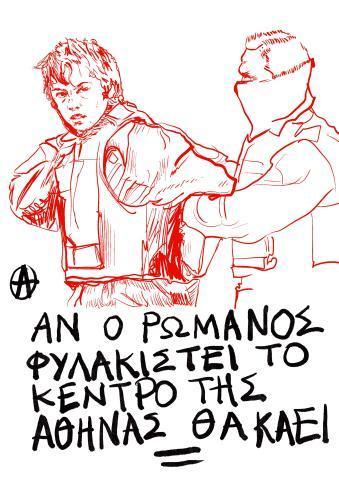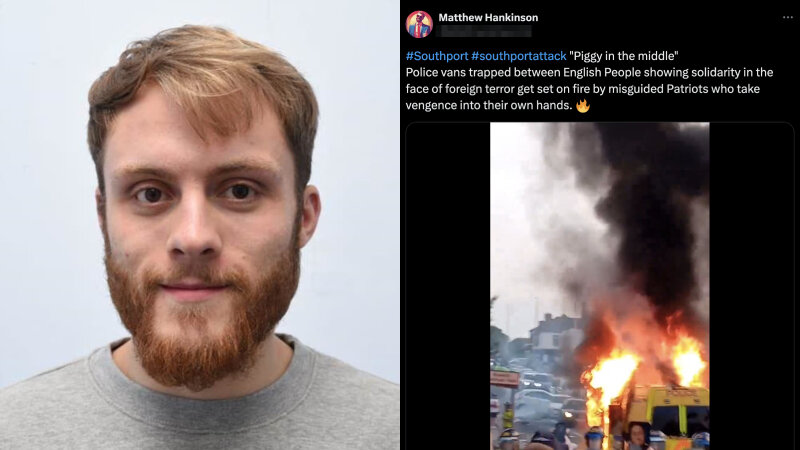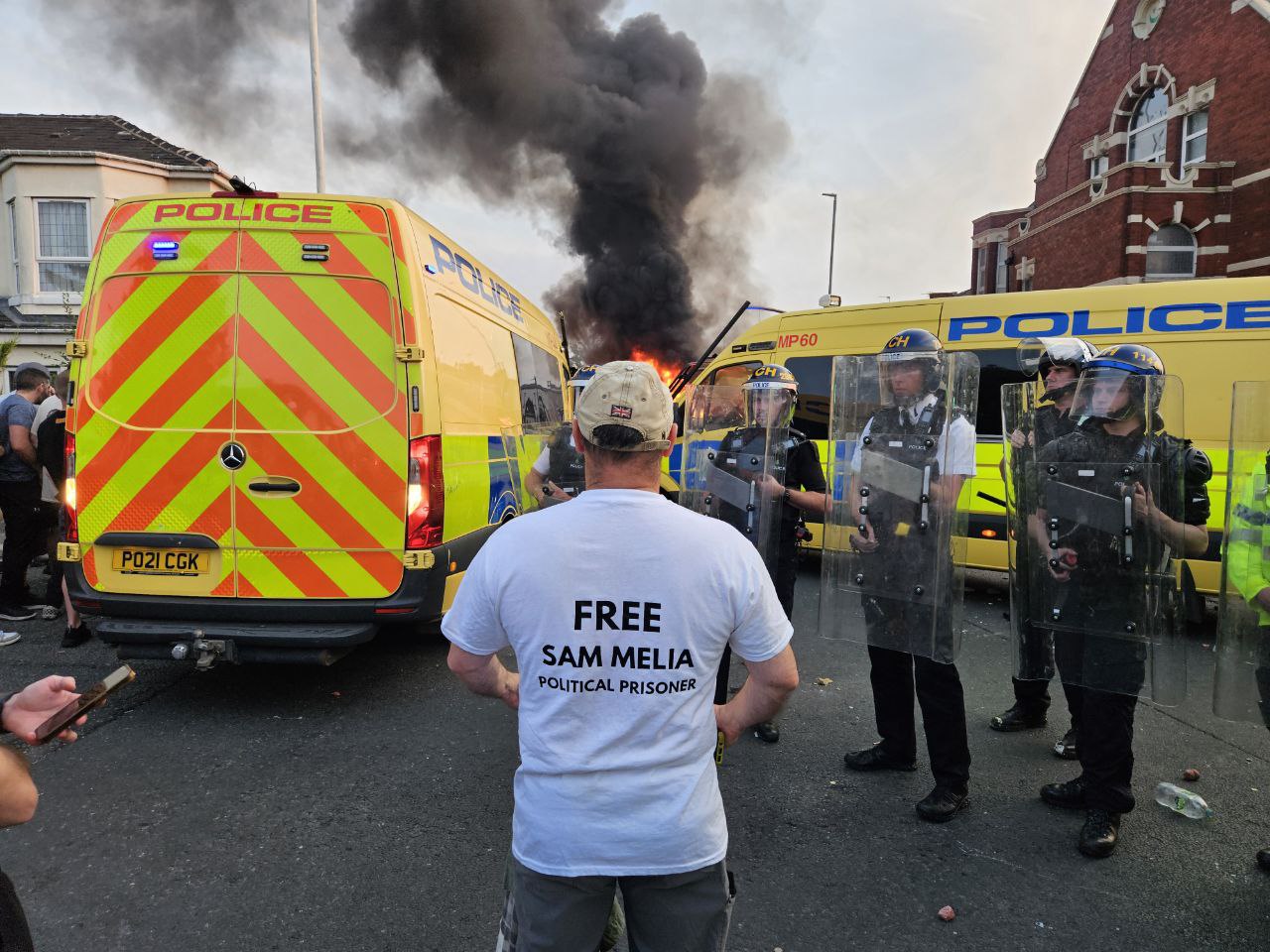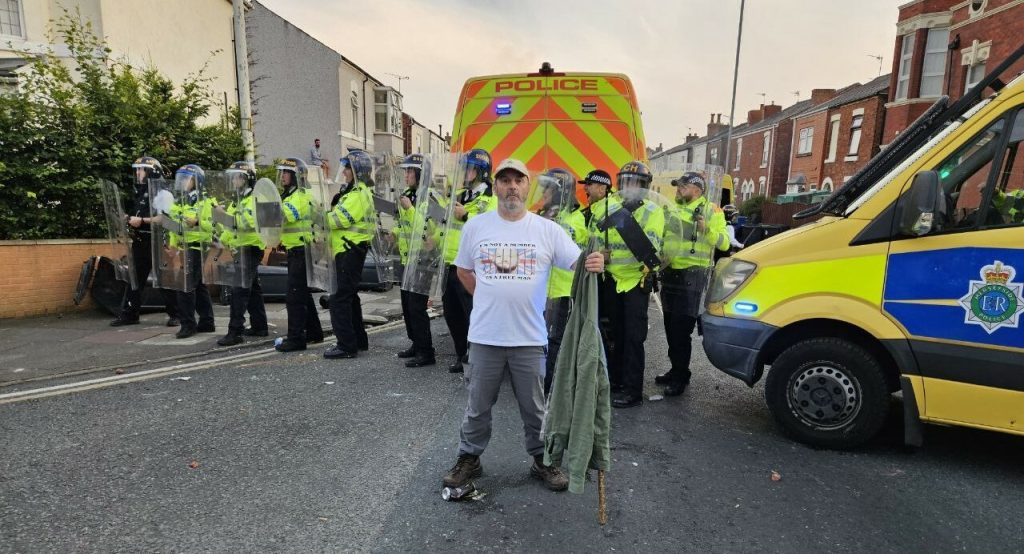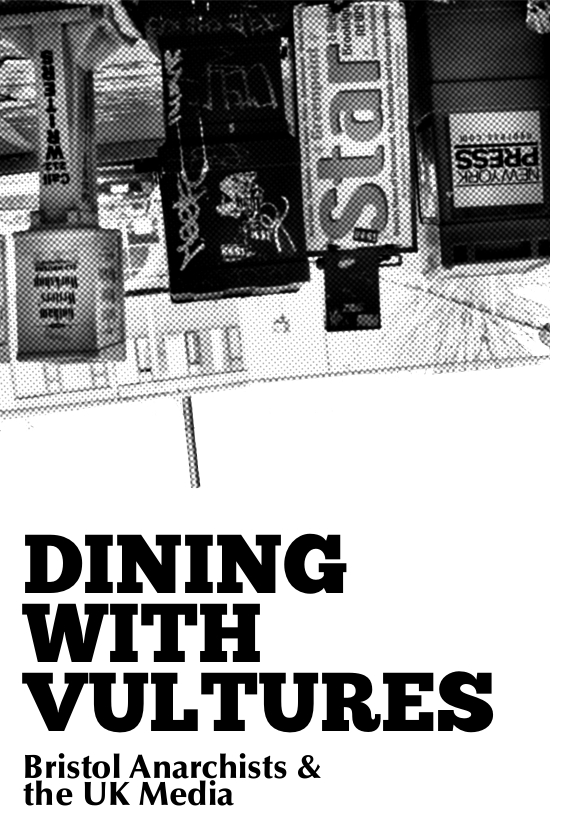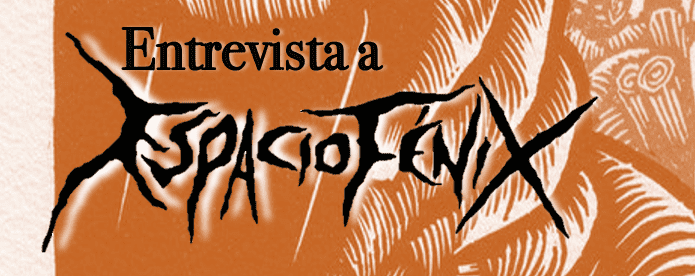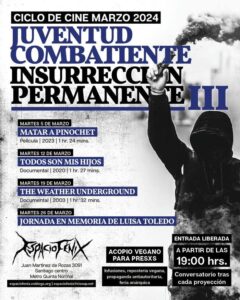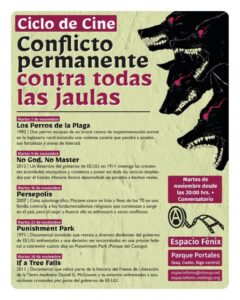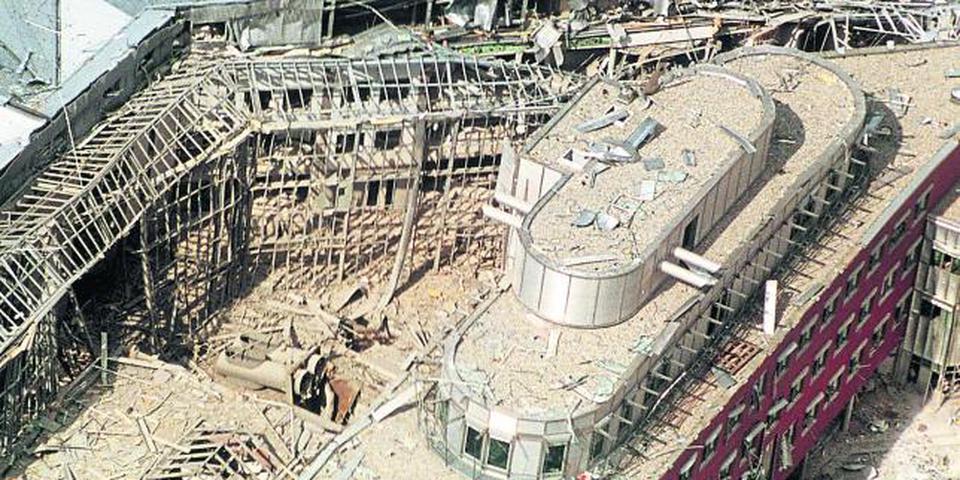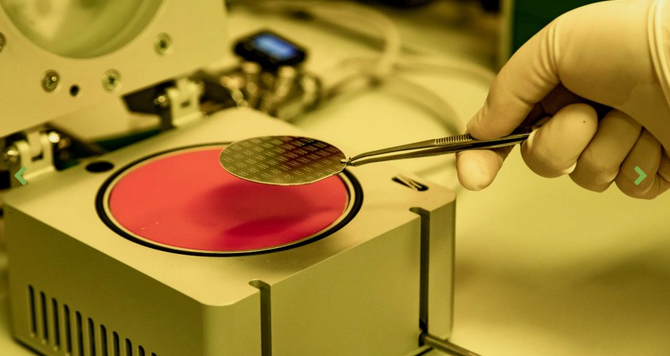
Shutting down the heart of the megamachine – Fire of microchip production
Last night, we set fire to fuse boxes, supply cables and a ventilation system belonging to Micro Resist Technology on the grounds of the Wuhlheide Innovation Park. While Germany is once again unrestrainedly mobilizing for military strength and war capability with a turnaround, special funds and compulsory military service, we are targeting the heart of the technological mega-machine with our sabotage and, with microchip production, are also hitting one of the most sensitive points of civil-military cooperation. This attack is intended as a contribution to the protests against National Veterans Day next Sunday – fire and flame instead of glory and honor for militarism, soldiering and fatherland!
Tiny giants at the intersection of technology and war
The web of capitalist domination is tightening ever tighter around us. Technological progress is the engine that drives the destructive mega-machine and allows it to penetrate ever further into the most intimate areas of our existence. Inanimate objects made of plastic and metal, which, equipped with sensors, microphones, lenses, microchips etc., are increasingly becoming prostheses for social interaction, replacing genuine, empathetic relationships and causing our cognitive abilities to atrophy. At the same time, we are being tracked at every turn by social media, voice assistants, artificial intelligence, “smart” devices, facial recognition and many other surveillance tools, whereby everything we do is being increasingly incorporated into the capitalist value chain. Big data becomes big money. The implementation of such technologies in our everyday lives shapes our existence and the algorithmic calculations derived from them increasingly decide and determine our future. Once we have become accustomed to them, these mechanisms have such an all-encompassing effect that it is almost inconceivable for most people today to escape their digital grasp. For many, even the thought of it triggers anxiety. What remains is an army of slaves to the machine, dependent, controlled, externally determined and not even aware of this relationship.
However, this is only one side of the technological attack. Technology can and should not only manipulate our thoughts and actions, it should also kill. Almost all relevant technologies can be traced back to military research and development in order to gain advantages on the battlefield. Not only against hostile nations, but also in the social war against the exploited, superfluous and precarious of the population. From nuclear power to the internet, from cybernetics to artificial intelligence – our everyday lives are permeated by things that have a military logic at their core. In extreme cases, this can mean that apps that playfully accompany us through the day today feed and train the same machines on the basis of which an AI-controlled drone will determine and destroy its target tomorrow. A practice that is sometimes used by the Israeli military in particular through AI programs such as “Lavender” in their unleashed campaign of destruction against the Palestinian population of Gaza and with the friendly support of their Western accomplices. What seems like an episode from a dystopian science fiction movie is the gruesome reality of technological “achievements”, which are summarized under the term “dual-use” and are inherent in most technologies. Companies such as Google, Amazon, Microsoft, IBM, Siemens, Telekom and Tesla are just some of the best-known players operating at the interface between civil and military applications. Companies that produce highly specialized key technologies such as microchips/semiconductors, without which none of the modern technical devices would work, are far less well known. Smartphones, computers or cars just as little as tanks, guided missiles or war drones. Continue reading “Berlin, Germany: Claim for arson attack on Micro Resist Technology company, which specializes in the production of microchips”

